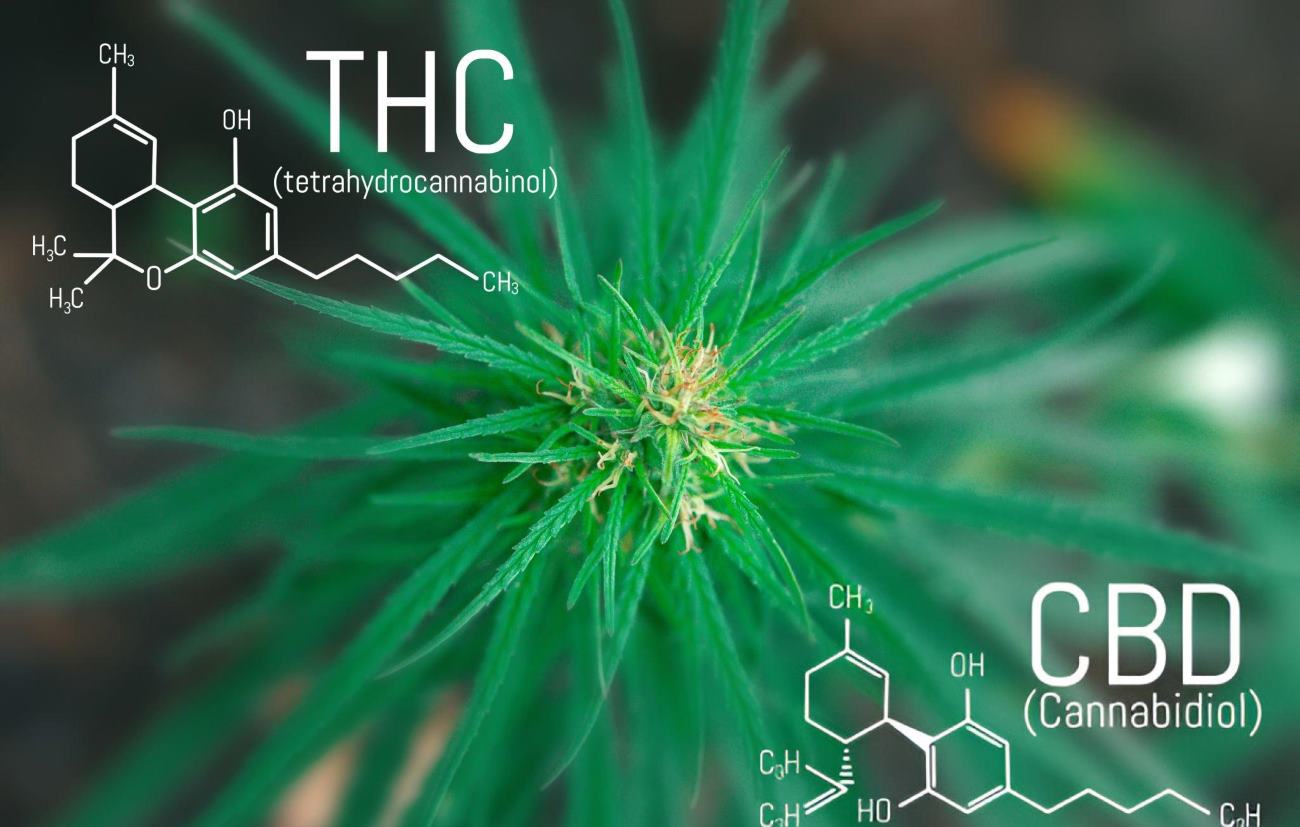
CBD and THC: Harnessing Nature’s Health Compounds
Essence of Cannabinoids
Cannabidiol (CBD) and tetrahydrocannabinol (THC) are two primary compounds found in cannabis plants. While sharing a common origin, they interact with the human body in distinct ways. CBD is non-psychoactive, offering potential therapeutic benefits without inducing a “high.”
In contrast, THC is psychoactive, responsible for the euphoric effects associated with marijuana use. Both compounds engage with the body’s endocannabinoid system, influencing various physiological processes.
Body’s Cannabinoid Interface
The endocannabinoid system (ECS) is a complex network of receptors throughout the body, playing a crucial role in maintaining internal balance. CBD and THC interact with this system differently, which explains their diverse effects. Understanding the ECS is key to grasping how these cannabinoids can potentially benefit human health and wellness.
CBD’s Therapeutic Landscape
CBD has garnered attention for its versatile applications in wellness. It may help manage stress and anxiety, reduce inflammation, improve sleep quality, and alleviate chronic pain. Some research suggests it could have neuroprotective properties, making it a subject of interest in neurological studies.
CBD’s non-psychoactive nature makes it an attractive option for those seeking potential health benefits without mind-altering effects.
THC: Beyond Recreational Use
While often associated with recreational use, THC also offers potential therapeutic benefits. It’s commonly used for pain relief, particularly in conditions resistant to conventional treatments. THC may also help control nausea, stimulate appetite in patients undergoing chemotherapy, and reduce muscle spasticity in conditions like multiple sclerosis.
Its psychoactive properties, while limiting in some contexts, can be beneficial in managing certain mental health conditions.
Consumption Methods and Efficacy
CBD and THC can be consumed in various forms, each with its own onset time and duration of effects:
- Oils and tinctures for sublingual use
- Edibles like gummies and chocolates
- Topical creams and lotions
- Vaporizers for inhalation
- Capsules and pills
The choice of consumption method affects how quickly the compounds are absorbed into the body and how long their effects last, allowing users to tailor their experience to their specific needs.
Navigating the Regulatory Landscape
The legal status of CBD and THC products varies widely across different regions. In many places, CBD derived from hemp (containing minimal THC) is legal, while THC remains more strictly regulated. This patchwork of regulations creates a complex environment for consumers and businesses.
As public opinion shifts and research advances, many areas are reevaluating their stance on cannabis-derived compounds. Consumers must stay informed about local laws and regulations, which can change rapidly.
Horizon of Cannabinoid Research
The scientific community’s interest in CBD and THC continues to grow, sparking a wave of research into their potential applications. Studies are exploring these compounds’ efficacy in treating a spectrum of conditions, from chronic pain syndromes to neurological disorders.
Researchers are also investigating the “entourage effect,” examining how different cannabinoids and terpenes might work synergistically. This burgeoning field of study holds promise for developing more targeted and effective therapies, potentially revolutionizing how we approach certain health conditions in the future.


